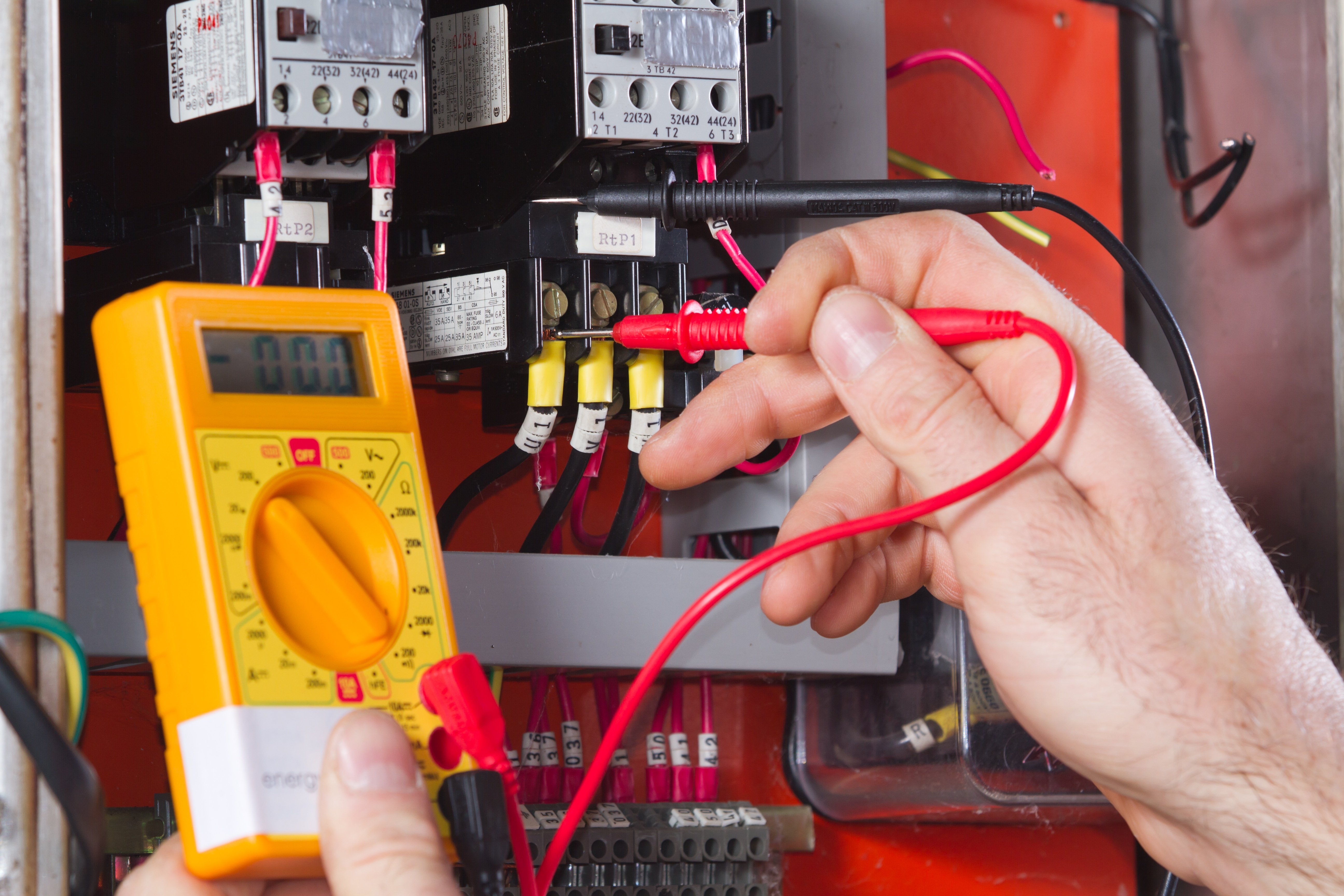The Ultimate Guide to Electrical Setup: Tips and Techniques for a Safe and Reliable Home Electrical Wiring System
In the realm of home upkeep, few aspects are as critical yet typically ignored as the electrical circuitry system. By discovering the nuances of electric security measures and energy-saving techniques, this thorough guide will drop light on the details of home wiring, empowering people to take charge of their family's electric infrastructure.
Comprehending Electrical Precaution
To ensure the safety and security of both individuals and home, understanding and executing correct electrical safety procedures is extremely important in any type of home wiring project. It is essential to perform an extensive examination of the electrical system prior to starting any electrical wiring job to determine potential risks or concerns that need to be addressed.
In addition, making use of the suitable tools and equipment is important for keeping safety throughout electrical installations. Protected gloves, voltage testers, and protective eyeglasses are several of the standard security equipment that ought to be worn to stop electrical shocks or accidents. It is likewise crucial to de-energize circuits before working on them and to classify all circuits and breakers plainly to avoid complication.

Vital Tools for Home Wiring
Making sure the appropriate execution of electrical safety actions in home wiring jobs includes making use of a details set of necessary devices made to facilitate the installment procedure successfully and securely. Some of the secret tools needed for home wiring projects consist of a voltage tester for inspecting real-time cables, wire pole dancers for getting rid of insulation from cables, a cable cutter for exactly reducing cables to size, a screwdriver set for safeguarding electrical components, electrical tape for insulation and safeguarding links, a wire ripper for removing wire sheathing, and a multimeter for determining voltage, existing, and resistance. Furthermore, a drill with little bits is essential for producing holes for electrical wiring and placing electric boxes, while fish tapes or poles aid in drawing wires via channels or wall surfaces. It is crucial to purchase top quality tools to ensure precision, performance, and safety throughout home wiring tasks. By having the necessary devices conveniently available, homeowners can efficiently browse the installation process and keep a safe and secure electrical system within their homes - BRE Electrical.
Step-by-Step Electrical Setup Overview
Starting an electrical installment job calls for precise planning and adherence to safety guidelines. Before starting any job, ensure you have a detailed strategy describing the layout of the electric system, consisting of the placement of electrical outlets, switches, and fixtures. Think about the power demands of each tool to identify the proper cord scale and breaker sizes.
The initial step in the installment procedure is to turn off the power supply to the area where you will certainly be working. Utilize a voltage tester to validate that the circuits are de-energized prior to touching any type of cables. Next, very carefully eliminate existing components or outlets and disconnect the cables.
When mounting new circuitry, run cables via wall surfaces and ceilings, protecting them in location with appropriate installations. Follow local building codes and maker instructions for correct cord More Bonuses installation and connections. BRE Services. See to it to classify wires for very easy identification and future upkeep

Troubleshooting Common Wiring Issues
Having actually finished the installment procedure as detailed in the previous subtopic, repairing typical electrical wiring problems is a necessary ability for making certain the security and performance of your electrical system. read this article One usual problem is a stumbled breaker, often caused by overloaded circuits or a brief circuit. To troubleshoot this, locate the breaker panel, recognize the stumbled breaker by searching for the one not fully in the "on" placement, and reset it by turning it fully to "off" and after that back to "on." An additional widespread issue is a defective outlet, characterized by no power or periodic power supply. Make certain the outlet is not managed by a button, then utilize a voltage tester to look for power. If there is no power, shut off the circuit, evaluate the wiring connections for any type of loosened or damaged cords, and change the outlet if needed. Continuously flickering lights can suggest loosened circuitry connections or an overloaded circuit. To address this, check and tighten all cable links in the influenced components and switches and redistribute the load on the circuit to balance the electric need. On a regular basis examining and promptly dealing with these typical wiring issues will click now preserve the safety and security and efficiency of your home electric system.
Tips for Energy-saving Electrical Equipments
For optimum energy effectiveness in electric systems, executing smart practices and making use of energy-saving innovations is critical. One crucial tip for accomplishing an energy-efficient electric system is to upgrade to LED lighting. Appropriate insulation and securing of windows, doors, and electric outlets can likewise stop power loss, ultimately reducing the work on electrical systems.
Final Thought
Finally, executing correct precaution, using necessary tools, following a step-by-step setup overview, fixing usual problems, and incorporating energy-efficient suggestions are critical for a secure and effective home electrical wiring system. By adhering to these practices, home owners can ensure the longevity and capability of their electric installations. It is essential to prioritize security and effectiveness when it comes to electric operate in order to stop possible dangers and to preserve a trustworthy electrical system in the home.